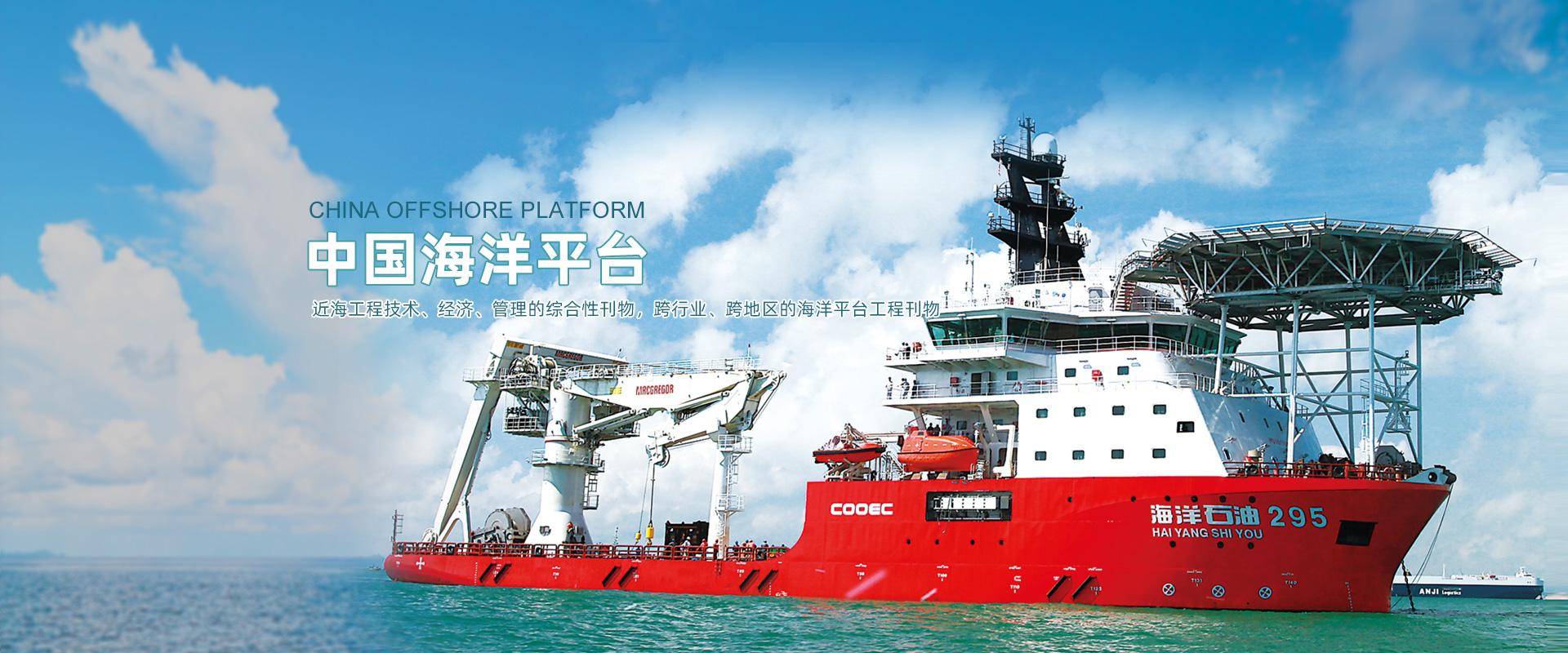Abstract:Offshore floating wind turbines are moored in the ocean using anchor chains. Under operational conditions and extreme sea states, the turbine blades experience significant and continuous tilting influenced by wind forces. Simultaneously, the dynamic response becomes more pronounced under the combined effects of wind, waves, and currents. To investigate the dynamic response of offshore floating wind turbines under complex sea conditions, a scaled model basin test was conducted, examining the impact of various factors such as wave parameters, current loads, and wind loads on the dynamic response. In this test, a self-compiled wind control program was employed to effectively simulate the unsteady and intermittent loading characteristics of wind loads, and the results were compared with those obtained under steady wind loads. The experimental study yielded several key insights: Pulsating wind allows for the further observation of the impact of peak pulsating wind speeds on the peak pitch motion of the turbine, in addition to the effects of steady wind. When the direction of the pulsating wind remains constant at 180°, influenced by the constraints of the mooring system, the presence of pulsating wind loads significantly amplifies the amplitude of roll and pitch motions while suppressing surge, sway, and yaw motions as the wave direction changes. When the influence of wind loads exceeds that of current and wave actions, the torsional effect induced by the wind loads affects the tension distribution in the mooring lines. The variation in tower moment is consistent with operational sea conditions, with the lateral moment and roll both increasing first and then decreasing as the wave direction increases, while the longitudinal moment and pitch decrease first and then increase with increasing wave direction.
